Located on the eastern coast of Saudi Arabia, Khobar has a rich and diverse history spanning several centuries. The discovery of oil in the area transformed Khobar, a small fishing village, into a thriving metropolis. With a population that includes expats, Arabs, Persians, and Indians, it is clear how rich its culture is. Khobar’s architecture blends modern and traditional styles, showcasing skyscrapers alongside charming mud brick homes for a captivating urban landscape. Initiatives in Khobar seek to achieve a balance between development and preservation as the city embraces sustainable development. Khobar preserves its heritage, welcoming guests to historical tours and uncovering the captivating story of its development and rich history.
The Birth of a Community: Khobar’s Origins
Khobar originated from ancient villages along the eastern shore of Saudi Arabia. Transitioning from a fishing village until the 20th century, Khobar underwent a transformation with the discovery of oil, attracting global settlers for opportunities. Khobar rapidly evolved into a vibrant metropolis, fueled by diverse migration, shaping a dynamic community with varied ethnic backgrounds. Khobar’s architectural landscape, which blends contemporary towers with historic structures, is a reflection of the city’s history. Museums and other cultural institutions showcase objects and narratives that trace its history in an attempt to preserve its legacy. Khobar epitomizes modern adaptation and resilience, intertwining heritage with sustainable development, ensuring a promising future for generations to come. Khobar’s deep-rooted history allows for exploration, offering valuable insights into its identity and the lessons of the past.
Cultural Melting Pot Khobar’s Diversity
Khobar is a well-known melting pot of cultures, recognized for its incredible diversity. Saudi Arabia’s coastal city draws tourists from diverse backgrounds, crafting a vibrant cultural mosaic along its picturesque seaside. Indians, Persians, Arabs, and global immigrants coexist, enriching the city’s distinctive charm with their diverse contributions and cultural fusion. The cuisine and architecture of Khobar are just two facets of the city’s diversity. The contrast between the old mud-brick structures and the contemporary skyscrapers is a reflection of the city’s progress. In a similar vein, Khobar’s culinary scene delights both residents and visitors with an exquisite fusion of international cuisines. Khobar’s streets teem with diverse languages, traditions, and customs, weaving a unique cultural tapestry that defines the city’s character.
Architectural Gems Khobar’s Urban Splendor
Khobar’s skyline boasts architectural wonders blending modernity with history, epitomizing urban grandeur through a harmonious fusion of elements. Every structure, from old mud-brick houses to contemporary skyscrapers, tells a story about Khobar’s evolution over time. The King Fahd Causeway, a symbol of connectivity that links Khobar with Bahrain, was built with amazing engineering. While waiting, take in expansive views of the city and the Arabian Gulf from the top of the Al Khobar Water Tower. Recently, Khobar has seen an increase in the use of innovative architectural concepts, as demonstrated by the Half Moon Bay Development and the Corniche Towers, which are drastically altering the cityscape. These improvements not only improve Khobar’s aesthetic appeal but also strengthen the city’s position as a modern, multicultural hub. Take in the breathtaking views or stroll along the renowned Al Khobar Corniche.
Preserving the Past: Khobar’s Commitment to Heritage
Khobar’s rich past is being diligently preserved despite the city’s rapid development. Even as the city welcomes modernity, the preservation of its historical assets must remain its primary priority. Khobar’s museums and cultural institutions are like fortifications of preservation, holding artifacts and narratives that chart the history of the city. These archives shed light on Khobar’s past and include items ranging from prehistoric antiquities to souvenirs from the oil boom. Furthermore, Khobar carries out urban development projects with appropriate consideration for the conservation of its cultural legacy. Through the preservation of historically significant sites and the restoration of historic buildings, the city’s architectural legacy is upheld despite environmental changes. This dedication to historical preservation strengthens Khobar’s identity by acting as a reminder.
Embracing the Future Khobar’s Vision for Tomorrow
Khobar sees progress, sustainability, and diversity as key components of the future. The city’s compass as it grows is its unshakable commitment to building a vibrant and prosperous future for both residents and visitors. The creation of livable settings that prioritize environmental protection and quality of life is the aim of Khobar’s urban development initiatives. Using a variety of initiatives, from green spaces and pedestrian-friendly zones to innovative infrastructure projects, Khobar is creating the foundation for a more resilient and sustainable urban environment. Moreover, Khobar views beyond the constructed environment to the future. The city is investing in technology, healthcare, and education to empower its citizens and foster creativity. Programs are also in place to promote cultural exchange and social cohesion, ensuring that Khobar remains.
Final Thoughts
In conclusion, Khobar’s long history demonstrates the resiliency, diversity, and vitality of the culture that defines this great city. Khobar evolved from a quaint fishing village into a bustling metropolis, showcasing an incredible transformation and remarkable growth over time. When we reflect on Khobar’s historical journey, we are reminded of how vital it is to cherish and protect our history. Khobar works to preserve its architectural treasures, honor its cultural traditions, and welcome its heterogeneous culture to ensure that its heritage will enchant and inspire future generations. Khobar’s commitment to sustainable development and equitable progress points the way toward a promising future. With its sights firmly fixed on the future, Khobar is ready to take on the opportunities and challenges that lie ahead.
Frequently Asked Questions (FAQs)
Q: Why is Saudi Arabia a rich country despite being a desert?
A: The nation’s vast oil resources, which stretch eastward along the Persian Gulf, are what have made Saudi Arabia synonymous with petroleum wealth since the 1960s. And now that they have sold all of their oil, Saudi Arabia is concentrating on travel and tourism.
Q: What is the history of the Kingdom of Saudi Arabia?
A: 1932 saw the establishment of the Kingdom of Saudi Arabia by King Abdulaziz (often referred to as Ibn Saud in the West). Through a series of conquests, he brought the four areas together into a single state, starting in 1902 with the capture of Riyadh, the ancestral home of his family, the House of Saud.
Q: Which Saudi king was killed by the Ottoman Empire?
A: The first Saudi State ruler from 1814 to 1818 was Abdullah bin Saud Al Saud (Arabic: عبد الله بن سعود آل عود, romanized: ʿAbd Allāh bin Suʿūd Āl Suʿ\d; died May 1819). He was the final monarch of the First Saudi State and was put to death in the Ottoman Empire’s Constantinople.


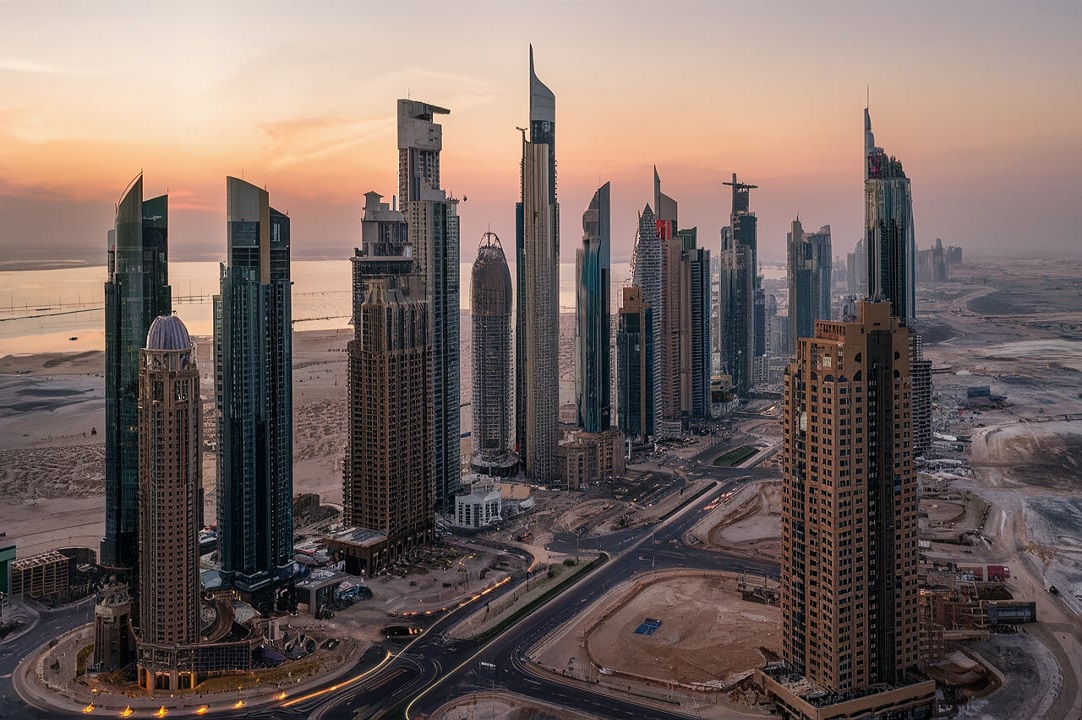
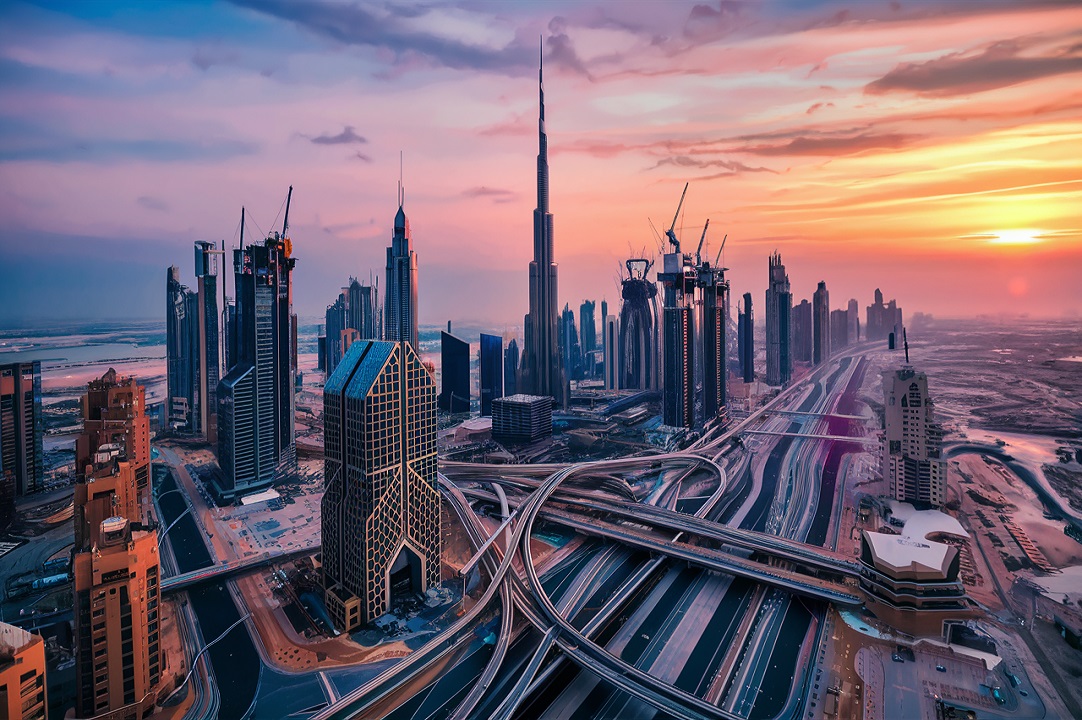
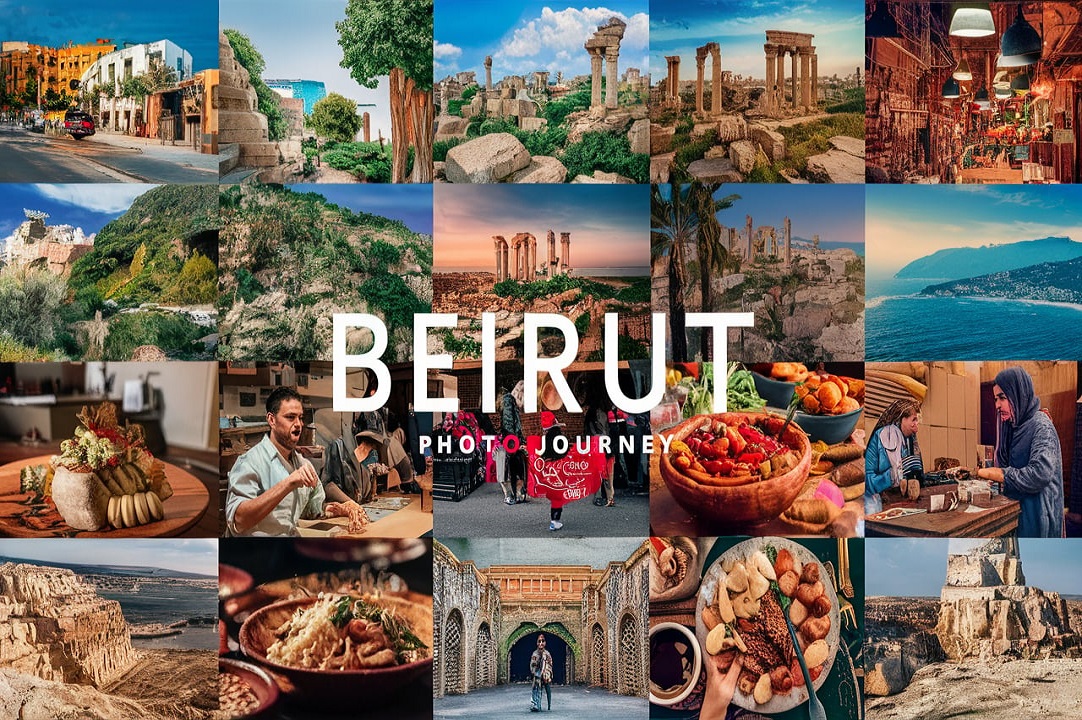
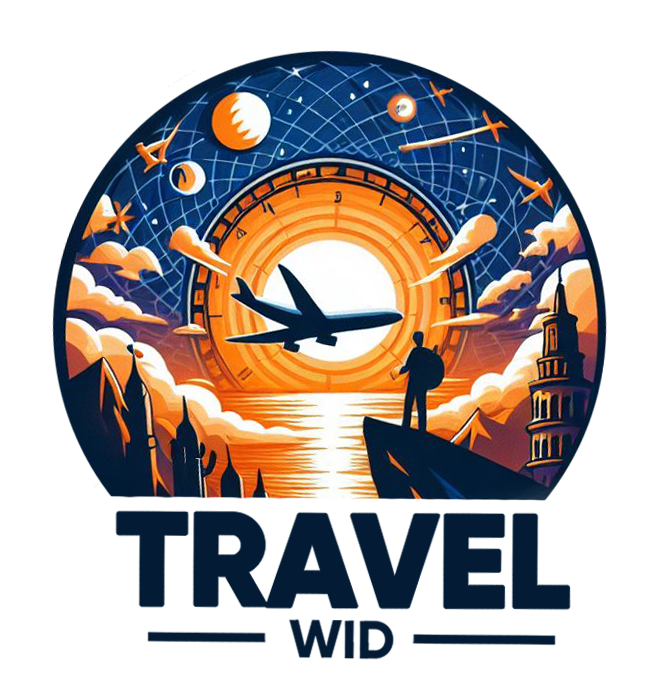
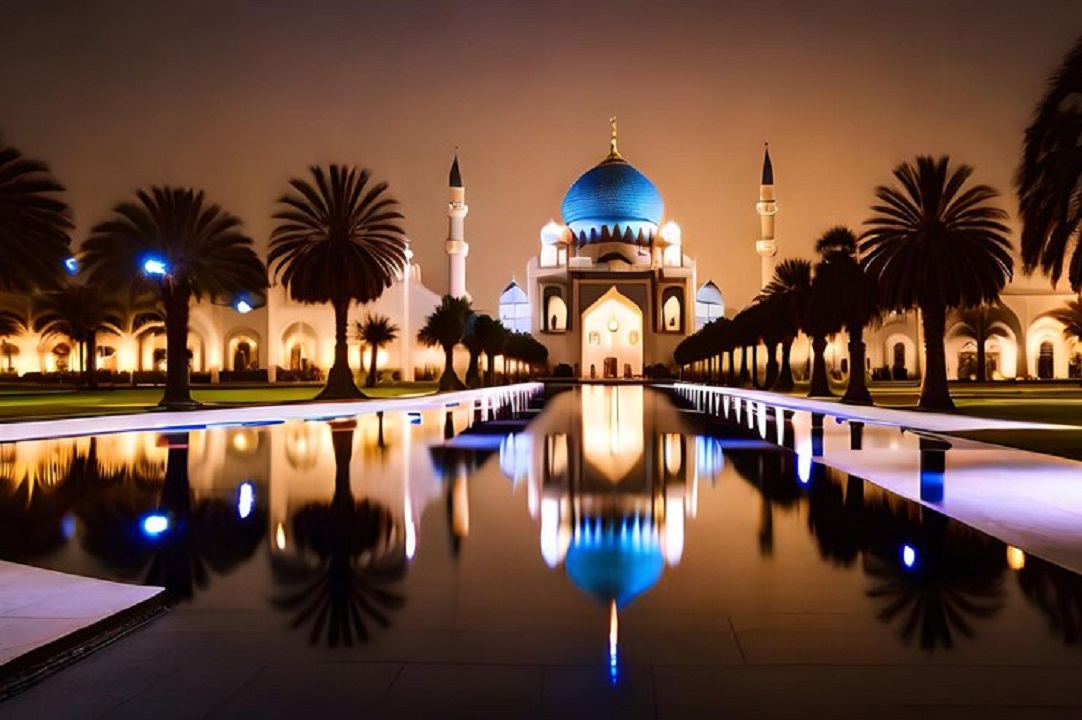
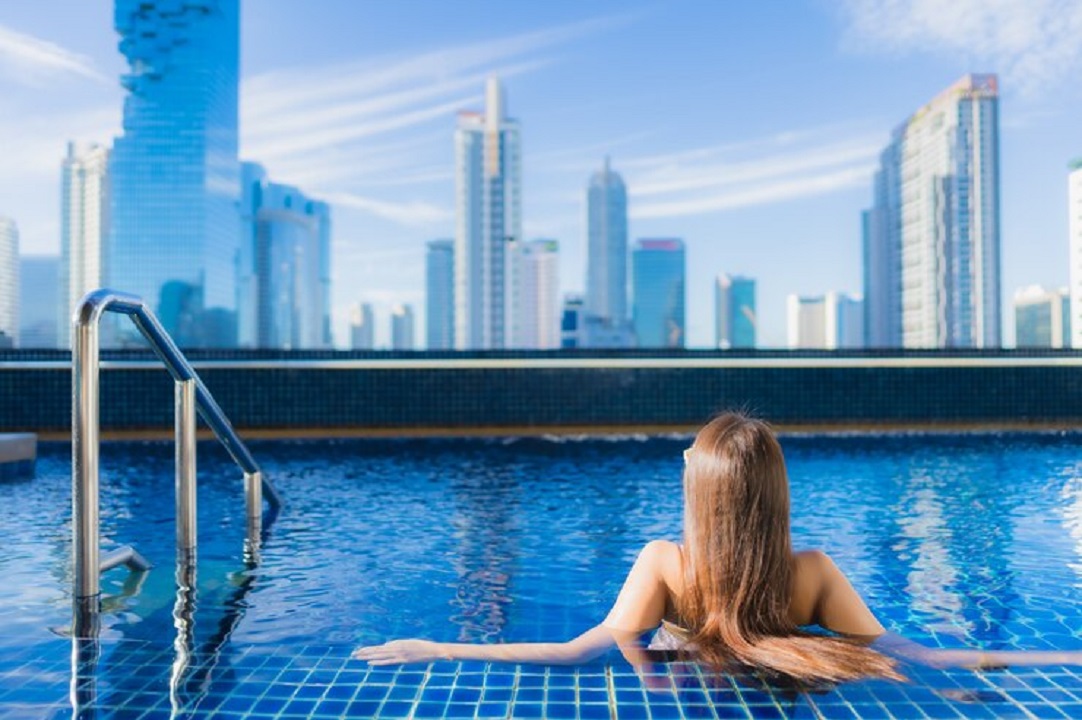
1 Comment
[…] Airport, a vital link to the world, is located in Saudi Arabia’s Eastern Province, enhancing regional connectivity. Centrally located in Khobar, the airport serves […]